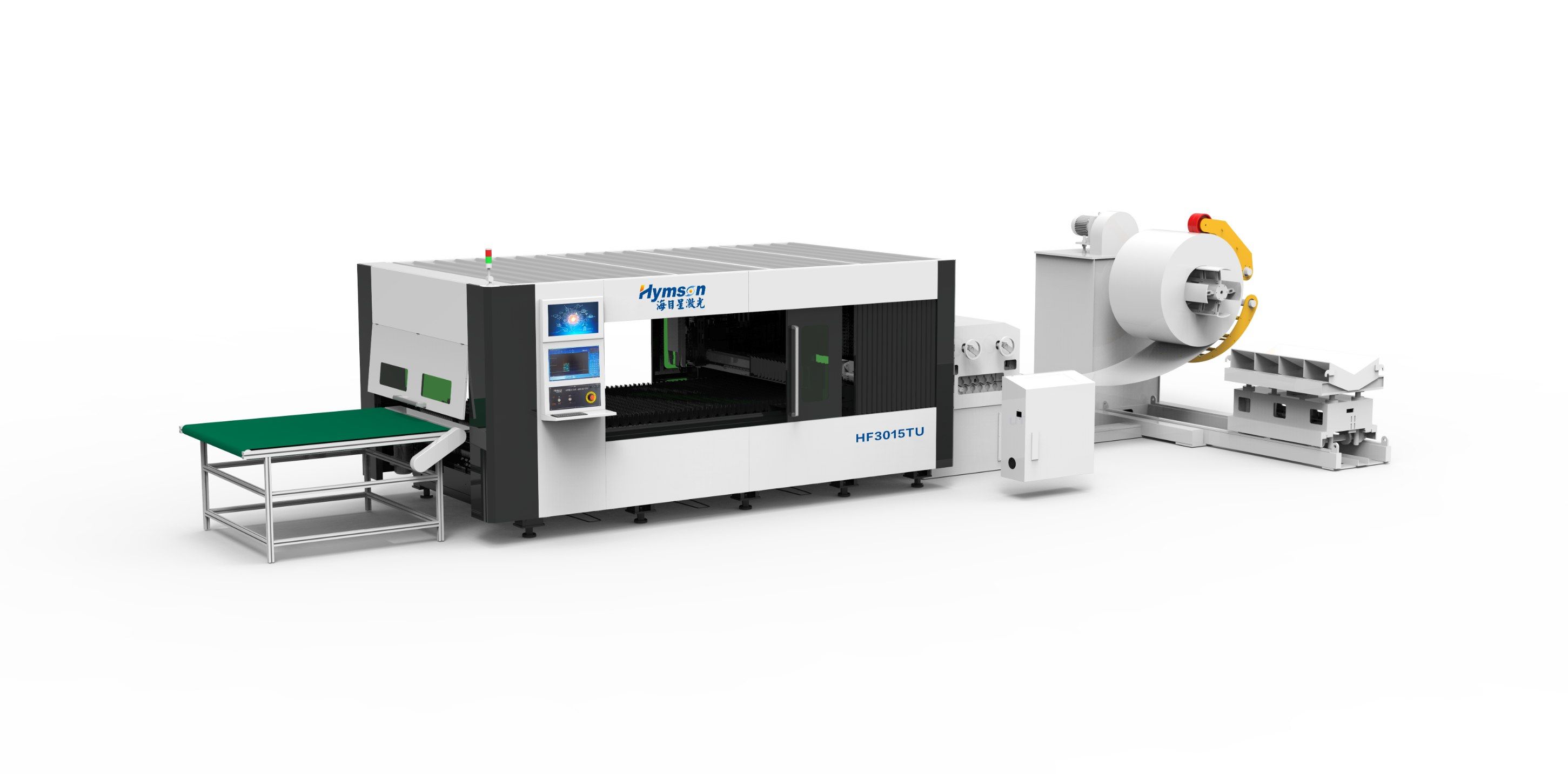金属板激光切割是一种计算机控制的工艺,利用激光束以极高的精度切割金属板。与传统切割方法相比,这种方法具有多种优势,包括定制化程度更高、效率更高、成本效益更高。
激光切割工艺
材料准备
在开始金属板激光切割之前,必须先清洁金属板并使其表面平整。任何毛刺、凹痕或划痕都会影响切割精度,应予以清除。
计算机辅助设计
下一步是创建要切割的零件或组件的计算机辅助设计 (CAD) 文件。此文件上传到激光切割设备,根据设计创建切割路径。
激光切割设备
钣金激光切割设备使用聚焦的激光束沿切割路径切割钣金。有不同类型的激光切割设备可供选择,包括二氧化碳和光纤激光器,每种设备都有各自的优点和局限性。
切割后精加工
切割过程完成后,切割边缘可能需要去毛刺、抛光或其他精加工工艺,以确保表面光滑、干净。
影响激光切割质量的因素
材料厚度:较厚的金属板需要更强大的激光和较慢的切割速度才能实现干净的切割,而不会产生变形或弯曲。
切割速度:切割速度会影响切割质量,速度越快,边缘越粗糙,速度越慢,切割越平滑。但是,速度越慢也会增加生产时间和成本。
聚焦:激光束必须精确聚焦,才能达到所需的切割深度和边缘质量。聚焦不当会导致切口过宽、边缘不均匀,并降低切割速度。
气体类型和压力:可以使用不同类型的气体(如氮气、氧气或压缩空气)来辅助切割过程并吹走碎屑。所用气体的类型和压力会影响切割质量。
钣金激光切割的优势
精密切割
激光切割具有无与伦比的精度,能够切割复杂的形状和设计,且变形或弯曲最小。
定制
使用 CAD 文件可以轻松实现定制和快速成型,使得金属板激光切割成为小批量生产和一次性设计的理想选择。
效率
激光切割是一种快速、高效的过程,与传统切割方法相比,浪费最少,生产时间更短。
成本效益
虽然激光切割设备的初始投资可能相当大,但由于劳动力成本的降低和效率的提高,每次切割的成本通常低于传统方法。
钣金激光切割的行业应用
航空航天:钣金激光切割通常用于航空航天工业的零部件的精密切割。
汽车:汽车行业使用激光切割来生产复杂零件,例如门板,以及定制选项,例如徽标和设计。
电子产品:金属板激光切割的精度和定制功能使其成为生产电子外壳和组件的理想选择。
医疗器械:激光切割用于医疗器械(如植入物和手术器械)的生产,这些设备的精度和清洁度至关重要。
建筑和施工:建筑行业使用金属板激光切割来生产定制外墙、装饰元素和结构部件。
结论
钣金激光切割具有无与伦比的精度、定制性、效率和成本效益,是众多行业和应用的理想选择。通过遵循最佳实践并优化切割参数,制造商可以实现高质量切割并最大限度地发挥这种先进切割技术的优势。
分享这篇文章:


